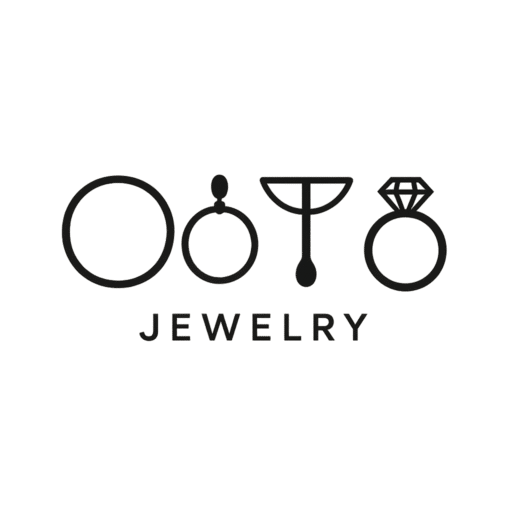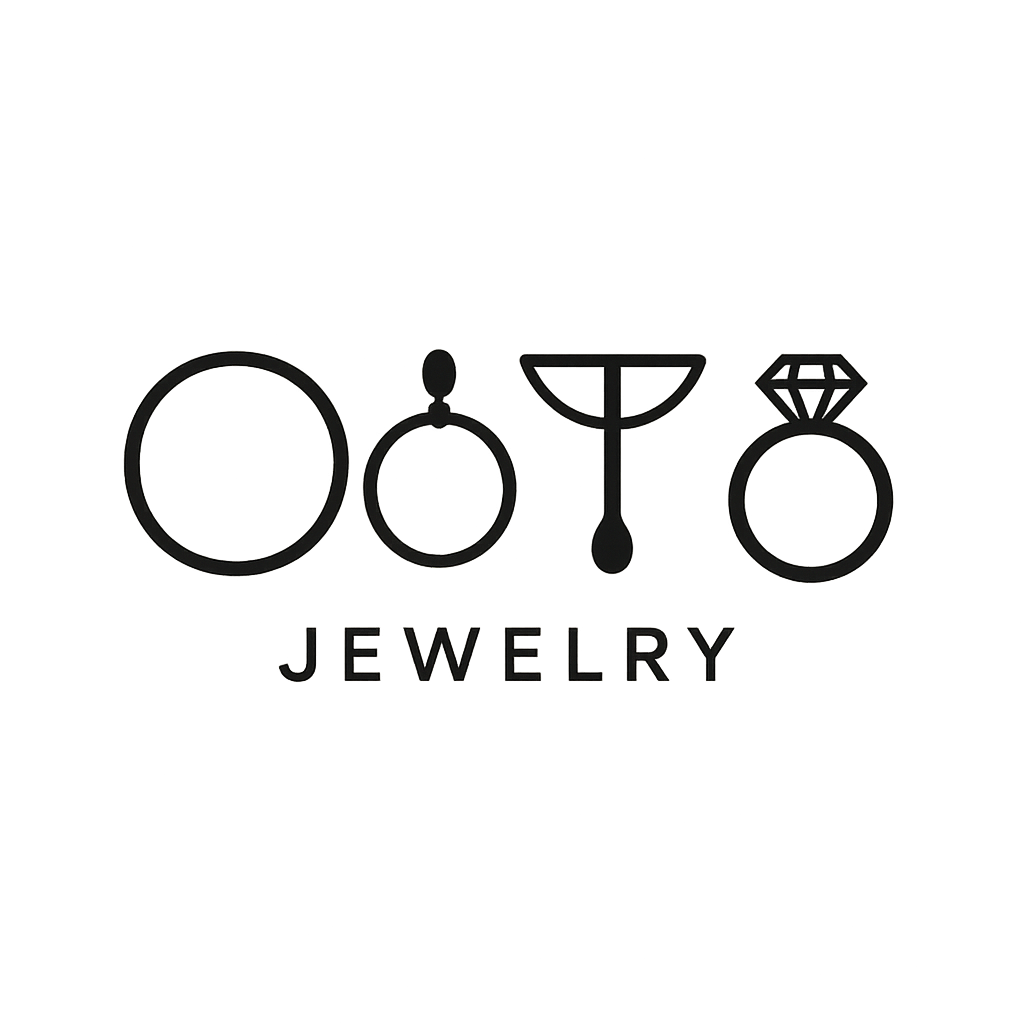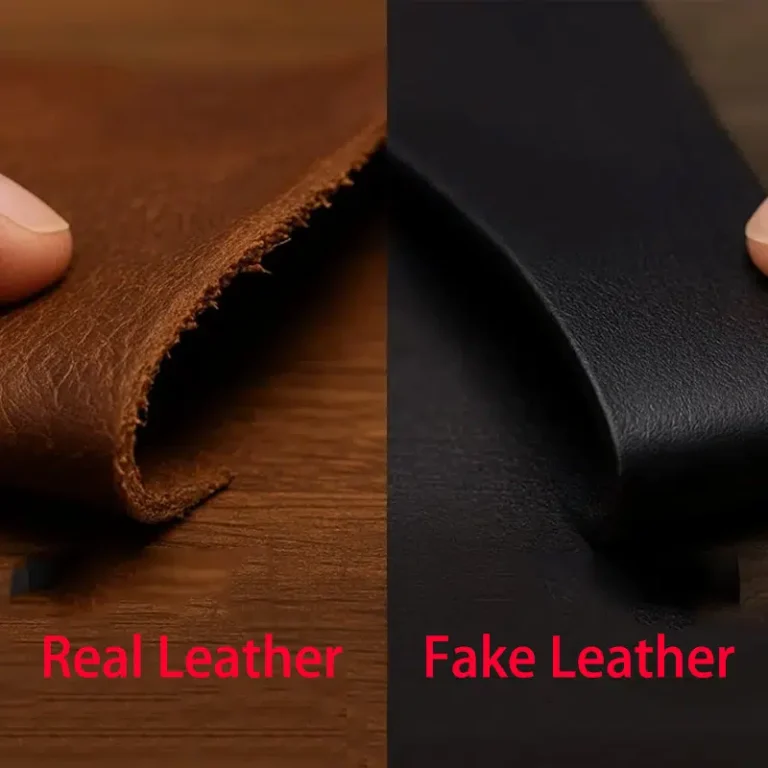Introduction
If you’re going to DIY onyx jewelry, it’s necessary to read this guide. We’ll talk about everything about it, what is onyx, its appearance, types, color, and shape.
Let’s move on!
What is Onyx?

Onyx comes from a mineral family called Chalcedony. Think of Chalcedony as the parent, and onyx as one of its children. Onyx stones are mostly made of calcite, which is the same mineral you’ll find in marble and granite.
Over millions of years, onyx grows in layers. These kinds of layers formed the bands or stripes that make onyx so recognizable.
The Appearance of Onyx
Onyx stones are famous for their bands. The most common type has a black base color with white bands running through it. These bands can be thin lines or thick stripes.
Some onyx stones are translucent, which means light can pass through them a little bit. Others are completely opaque, meaning you can’t see through them at all. The bands always run parallel to each other, and you’ll see many layers, with lighter stripes sitting on top of darker ones, creating a unique and charming pattern.
What is Onyx Made Of?
Onyx forms when calcite builds up in caves or openings in bedrock. This happens over thousands of years at a very sluggish pace. Layers of calcite are left behind when water containing dissolved minerals seeps into these areas.
The colorful bands come from alternating silica minerals, mainly quartz and morganite. These minerals form the strip by lying parallel to one another.
Agate also has bands, but its bands are usually curved, not straight and parallel like in onyx.
Where Does Onyx Produced from?
Onyx stones is produced in many places. Each location produces onyx with somewhat different characteristics.
Major Onyx-Producing Countries:
| Country | Onyx Characteristics |
| Yemen | High-quality black onyx, often used in high-end jewelry |
| Brazil | Colorful varieties, including green and blue onyx |
| Argentina | Large deposits, good for ornamental items |
| Uruguay | Premium quality with visible banding |
| China | Large-scale production, various colors |
| India | Traditionally, sardonyx is the source |
| Germany | Historic mining region, quality stones |
| Indonesia | Tropical types with distinctive hues |
| Madagascar | Rare color combinations |
Other notable sources: Czech Republic, Russia, United Kingdom, and parts of Latin America, Yemen produces some of the finest black onyx in the world. Brazilian onyx often has more colorful colors. Argentine onyx is popular for larger decorative pieces because their deposits produce bigger stones.
Durability of Onyx
The hardness of onyx is 6.5 to 7 (based on the Mohs scale). This makes it can be used for the majority of jewelry applications, though it’s not as hard as diamonds (10) or sapphires (9).
Onyx Physical Properties:
| Property | Value | What This Means |
| Hardness | 6.5-7 Mohs | Good for jewelry, handles daily wear |
| Density | 2.65-2.70 g/cm³ | Medium weight, not too heavy |
| Refractive Index | 1.486-1.658 | Whether light can bend through the stone |
| Lustre | Waxy to vitreous | Smooth, glossy shine when polished |
Types of Onyx
Based on its composition, onyx can be broadly divided into two categories:
Siliceous Onyx
This type of onyx is made mostly of silica, also known as silicon dioxide (SiO$_2$). It has a very tiny crystal structure, so you can’t easily see the individual crystals. Siliceous onyx can be black to white, and you might also see it in red and brown shades.
Calcareous Onyx
Calcium carbonate is the main makeup of calcareous onyx, which is the same as the shells. Because of its makeup, it typically has a porous texture, meaning it has tiny holes. It’s usually white or beige. Compared to siliceous onyx, calcareous onyx is softer also not as strong.
Color Varieties of Onyx
The most common color of onyx is a black base with white bands, but it comes in other colors. The bands can be brown, red, orange, yellow, green, or blue. The base color depends on which minerals were present when the onyx formed.
Common Onyx Colors
- Black base with white bands (most common)
- Brown base with cream bands
- Red base with white bands
- Green base with light bands
- Blue base with white bands
- Yellow base with white bands
There are also other types of onyx that have different main colors:
Sardonyx
Sardonyx has a brown or reddish-brown base color with white or black banding. This was one of the first types of onyx used by ancient civilizations.
Green Onyx
Green onyx has a green base color with white or light-colored banding. This type is particularly well-liked for contemporary jewelry and ornamental things.
Blue Onyx
Blue onyx features a blue base color with white banding. This was one of the first types of onyx employed by ancient societies
Red Onyx
Red Onyx has a unique red base color with white bands. The red can be anywhere from a soft, almost pinkish red to a deep, rich crimson.
Yellow Onyx
Yellow Onyx has a cheerful yellow base with white banding. This type can brighten up any type of jewelry or home decor.
What Shape Can Onyx Be Cut?
Because onyx is quite stable and can be cut cleanly, jewelers love to shape it into many forms. You’ll see it in classic shapes like:
| Cut Shape | Best For | Band Display |
| Round | Rings, earrings | Shows bands in circular pattern |
| Square | Cufflinks, pendants | Displays bands in straight lines |
| Oval | Necklaces, brooches | Elongates the band pattern |
| Trillion | Unique pendants | Creates triangular band display |
| Marquise | Elegant rings | Boat-shaped band presentation |
Common Uses of Onyx
Onyx isn’t only a beautiful stone; people use it for many different things!
- Jewelry: Onyx can be used to create any type of jewelry; someone used it to make a beaded bracelet and also a pendant for a necklace. It is a popular option for both simple and complex projects because of its timeless appearance.
- Home Decor: Because of its eye-catching appearance, onyx is great for things around the house. Think of elegant tiles, unique countertops, or beautiful decorative items like bowls and vases.
- Carvings: Onyx’s smooth texture and intriguing hues make it a favorite for artists creating intricate sculptures and carvings.
Factors That Affect Onyx Cost:
- Color clarity – Vibrant, clear colors cost more
- Band definition – Sharp, well-defined bands are more valuable
- Size – Larger stones cost more per carat
- Origin – Yemeni black onyx commands premium prices
- Treatment – Natural stones cost more than treated ones
- Cut quality – Professional cutting adds value
Conclusion
Now you have most of the information about onyx, which will help you make the right choice when making onyx jewelry. If you want to have requirements on onyx, contact OOTB to get support.
FAQs
Can onyx be treated?
Yes, onyx can be treated. The most common treatment for onyx, especially black onyx, is dyeing. This process enhances its color, making it a deeper, more uniform black. People have dyed onyx for centuries to improve its look.
Can onyx be dyed or treated to enhance its color?
Yes, people have associated symbolic meanings with onyx for a long time. Many cultures believe onyx offers protection and strength. Some also think it helps with self-control and decision-making. For example, ancient Romans believed it gave courage in battle.
Is onyx a birthstone?
Onyx is not an official birthstone for any specific month in the modern birthstone list. However, certain ancient or traditional lists occasionally associate black onyx with the Leo zodiac sign or the month of July.
Is it possible to treat or dye onyx in order to improve its color?
Certainly. To improve its color, particularly the black type, onyx is frequently dyed. The black hue is made richer and more uniform by the dyeing process.
Related Resources
1. Varieties of Onyx – Wikipedia
2. Physical Properties of Onyx -Mindat





